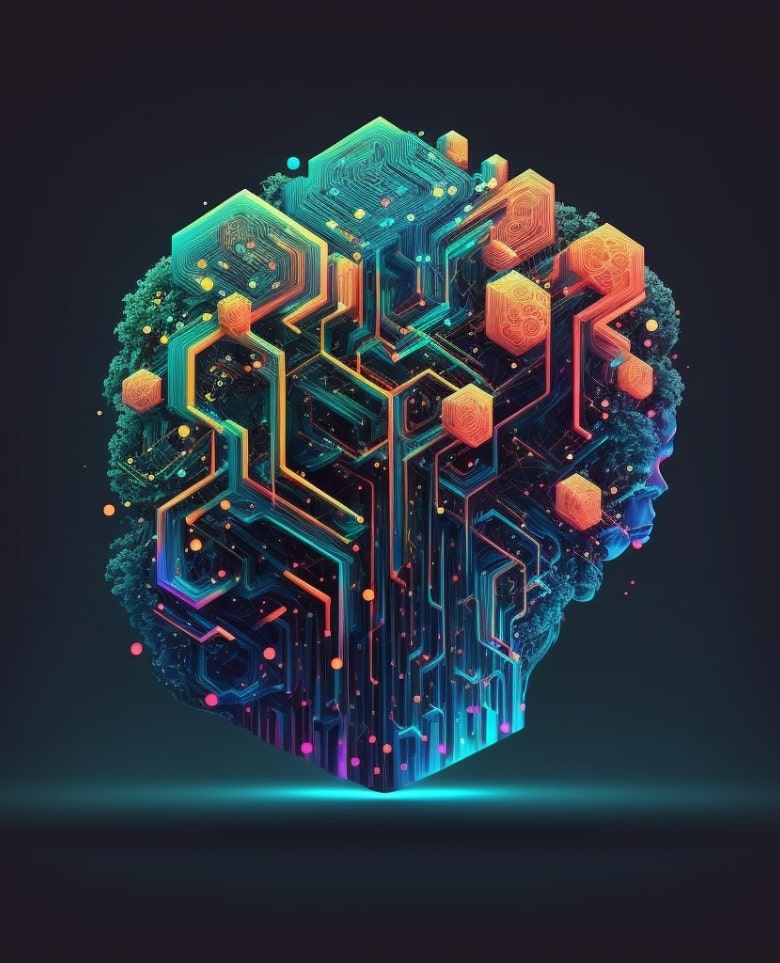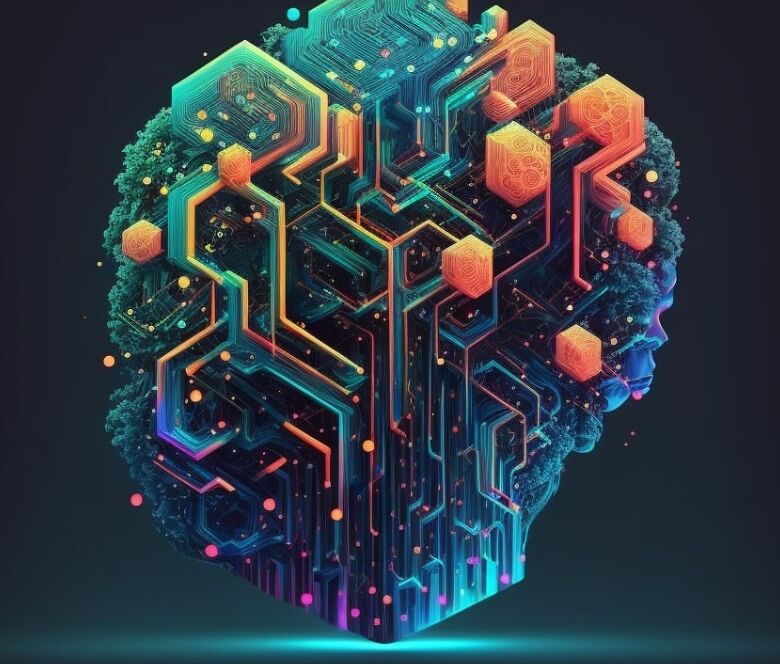Neural networks, a cornerstone of artificial intelligence (AI) and machine learning, have transformed the way we approach problem-solving in various fields, from natural language processing and computer vision to healthcare and finance. Despite their widespread application and remarkable successes, the inner workings of neural networks remain a mystery to many. This article delves into the fundamentals of neural networks, explores how they function, and discusses the challenges and potential behind these powerful computational models.


What are Neural Networks?
Neural networks are computational models inspired by the structure and function of the human brain. They consist of interconnected layers of artificial neurons, which mimic the way biological neurons transmit signals in the brain. Each artificial neuron processes input data, performs a mathematical operation, and produces an output, which is then passed on to other neurons in the network. This interconnected system allows neural networks to learn from data, recognize patterns, and make predictions.
The architecture of neural networks typically includes three types of layers:
- Input Layer: Receives the initial data (e.g., an image or a sentence).
- Hidden Layers: Perform complex transformations on the data through a series of mathematical operations. These layers are called “hidden” because they do not directly interact with the outside world.
- Output Layer: Produces the final prediction or decision based on the processed information (e.g., classifying an image as a cat or dog).
The more layers and neurons in a network, the deeper and more complex it becomes, which is why deep learning refers to networks with multiple hidden layers.
Neural networks are computational models inspired by the structure and function of the human brain.
How Do Neural Networks Learn?
Neural networks learn by adjusting the “weights” of the connections between neurons. During training, the network is fed large amounts of data and makes predictions based on initial weights. The difference between the predicted and actual outputs, known as the error, is calculated. An algorithm called backpropagation then adjusts the weights to minimize this error, gradually improving the network’s accuracy.
This process of training with backpropagation, combined with large datasets and computational power, enables neural networks to learn complex patterns in data. For instance, a neural network can learn to recognize objects in images, understand spoken language, or predict stock market trends by finding subtle correlations in the data that are difficult for humans to detect.
The Black Box Problem
Despite their power, neural networks are often criticized for being “black boxes” because their decision-making processes are not easily interpretable. While a network can make accurate predictions, it is not always clear why it made a specific decision. This lack of transparency poses risks, especially in high-stakes applications like medical diagnosis or autonomous driving, where understanding the reasoning behind a prediction is crucial.
Efforts are being made to make neural networks more interpretable, such as visualizing how individual neurons respond to specific features or using simpler models to approximate the network’s behavior. Explainable AI (XAI) is an emerging field focused on making AI systems more transparent and trustworthy.

The Potential and Challenges Ahead
Neural networks have shown great promise in transforming industries, from enabling self-driving cars to revolutionizing medical imaging. However, challenges remain, including the need for vast amounts of data, the risk of overfitting (where a network learns the training data too well but fails to generalize), and the computational demands of deep learning models.
Deciphering the mystery of neural networks involves understanding their structure, learning process, and limitations. While they continue to push the boundaries of what AI can achieve, ongoing research is essential to address their shortcomings and unlock their full potential. As we continue to demystify neural networks, we pave the way for more transparent, efficient, and powerful AI solutions.



